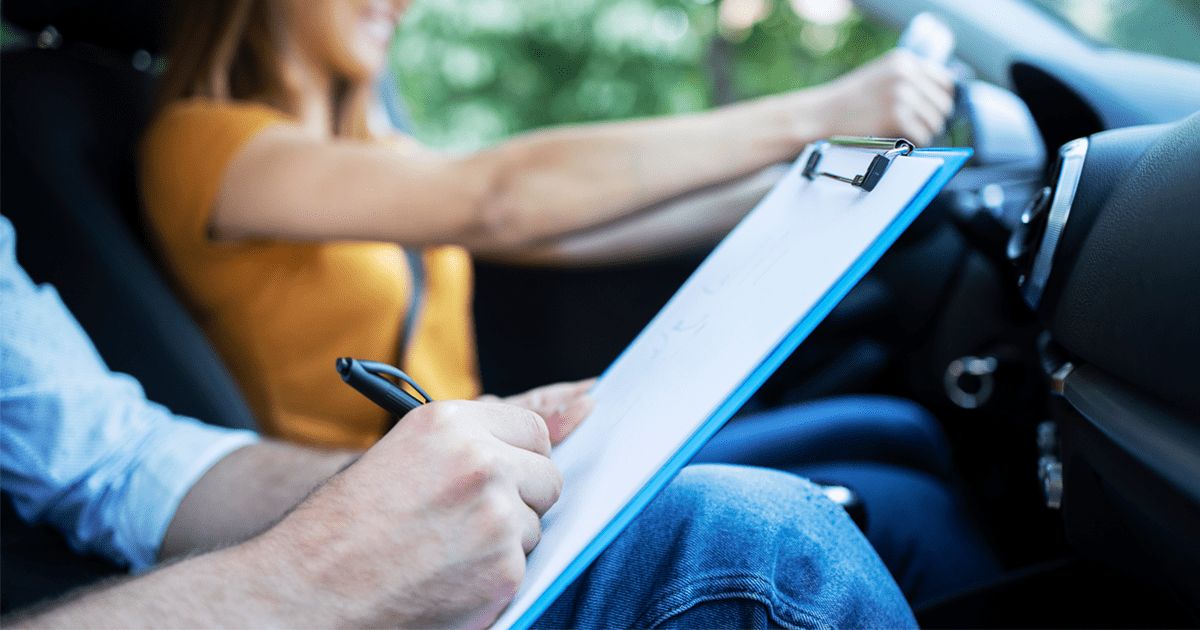Navigating Belgium’s Unique Regional Driving Rules: What You Need to Know
Belgium is a beautiful small country with a rich history and culture, so it’s easy to get around by car. However, there are a few things you need to know about driving in Belgium before you get behind the wheel. In this blog post, let’s discuss about the unique regional driving rules in Belgium, as well as some general tips for driving safely in the country.
Necessary things to Take along when driving in Belgium
When driving in Belgium, make sure to carry these important documents to follow the rules. Always have these with you
- A full and valid driving license
- Your passport as proof of ID
- The V5 registration document for your vehicle
- Your motor insurance certificate
Unique Regional Driving Rules
Belgium has different driving rules including speed limits and rules for new drivers in various regions. Here are the speed limits
- In built-up areas, the speed limit is 50 km/h.
- In Brussels and places with signs, it’s 30 km/h.
- In Flanders, the speed limit is 70 km/h outside built-up areas.
- In Wallonia, it’s up to 90 km/h outside built-up areas.
- On motorways and expressways, the speed limit is 120 km/h.
These rules help keep drivers safe across different regions.
Regulations for Overtaking in Belgium
In Belgium, drivers use the right side of the road and must overtake on the left. When passing a cyclist or moped rider, there must be at least a one-meter gap between the vehicle and the rider.
Overtaking is not allowed in the following situations
- At railway crossings with the St. Andrew’s cross sign, especially if there are no gates or lights.
- At intersections where the driver must give way.
- If the vehicle being overtaken is already overtaking another vehicle with more than two wheels. The only exception is if there are three or more lanes in the same direction.
- If the vehicle being overtaken is near a pedestrian, cyclist, or motorcyclist crossing an uncontrolled area (without police or traffic lights).
- During bad weather, heavy trucks (HGVs) cannot overtake on dual carriageways or motorways, except when passing slow-moving farm vehicles like tractors.
- Goods vehicles over 3.5 tonnes cannot overtake on roads with two lanes in the same direction, outside built-up areas. However, they are allowed to overtake slow-moving vehicles like farm machinery.
- Drivers can use the edge of a footway if the road is too narrow to pass, but only if pedestrians are not put in danger.
Penalties for speeding in Belgium Driving Test Theory.
In Belgium, speeding fines can be between €53 and €4,000, depending on how fast you’re driving and the type of road. Non-residents might have to pay an on-the-spot fine of €866. The police will ask for the payment and give a receipt in return.
In Belgium, there are laws about how much alcohol you can have in your blood while driving.
Legal alcohol limits
- For regular drivers, the limit is 0.05% alcohol in the blood.
- For commercial drivers, like truck or bus drivers, the limit is lower at 0.02%.
Breath tests
- If you’re driving, about to drive, or involved in an accident, you may be asked to take a breath test.
- If your alcohol level is between 0.05% and 0.08%, you can’t drive for at least three hours, and your licence is taken away for that time.
- If your alcohol level is 0.08% or higher, or you refuse to take the test, you can’t drive for at least six hours.
Penalties
- Fines start at €179 and go up to €1,260.
- You could also have your licence suspended for up to 15 days.
Other Important Rules for theoretical Driving test
Right of Way: In Belgium, vehicles coming from the right generally have the right of way. Be sure to pay attention to yield signs and traffic lights.
Seat Belts: Seat belts are mandatory for all occupants of the vehicle.
Mobile Phones: It is illegal to use a hand-held mobile phone while driving.
Additional Tips
Be aware of cyclists and pedestrians: Cyclists have a lot of rights on the road in Belgium, so be sure to watch out for them. Pedestrians also have the right of way at crosswalks.
Parking: Parking can be difficult in some Belgian cities. Be sure to pay attention to parking signs and only park in designated areas.
Be prepared for tolls: You should pay for tolls with cash, credit card, or a prepaid electronic toll tag and currently in Belgium, all motorways are free of tolls, except for vehicles weighing 3.5 tonnes or more.
By following these tips, you can help ensure a safe and enjoyable driving experience in Belgium.
Overall, driving in Belgium is nothing much different than driving in other European countries. However, it’s important to be aware of the few unique rules that are in place.
For more information about :
Car Driving Test : https://belgiumdrivingtest.com/nl/autotest-1/
Bike Driving Test : https://belgiumdrivingtest.com/nl/fietstest-1/
Truck Driving Test : https://belgiumdrivingtest.com/nl/vrachtwagen-test-1/
 Pass the Exam Easily with Detailed 3-Level Practice | 1-Day Full Access Free — Offer Ends in
Pass the Exam Easily with Detailed 3-Level Practice | 1-Day Full Access Free — Offer Ends in





